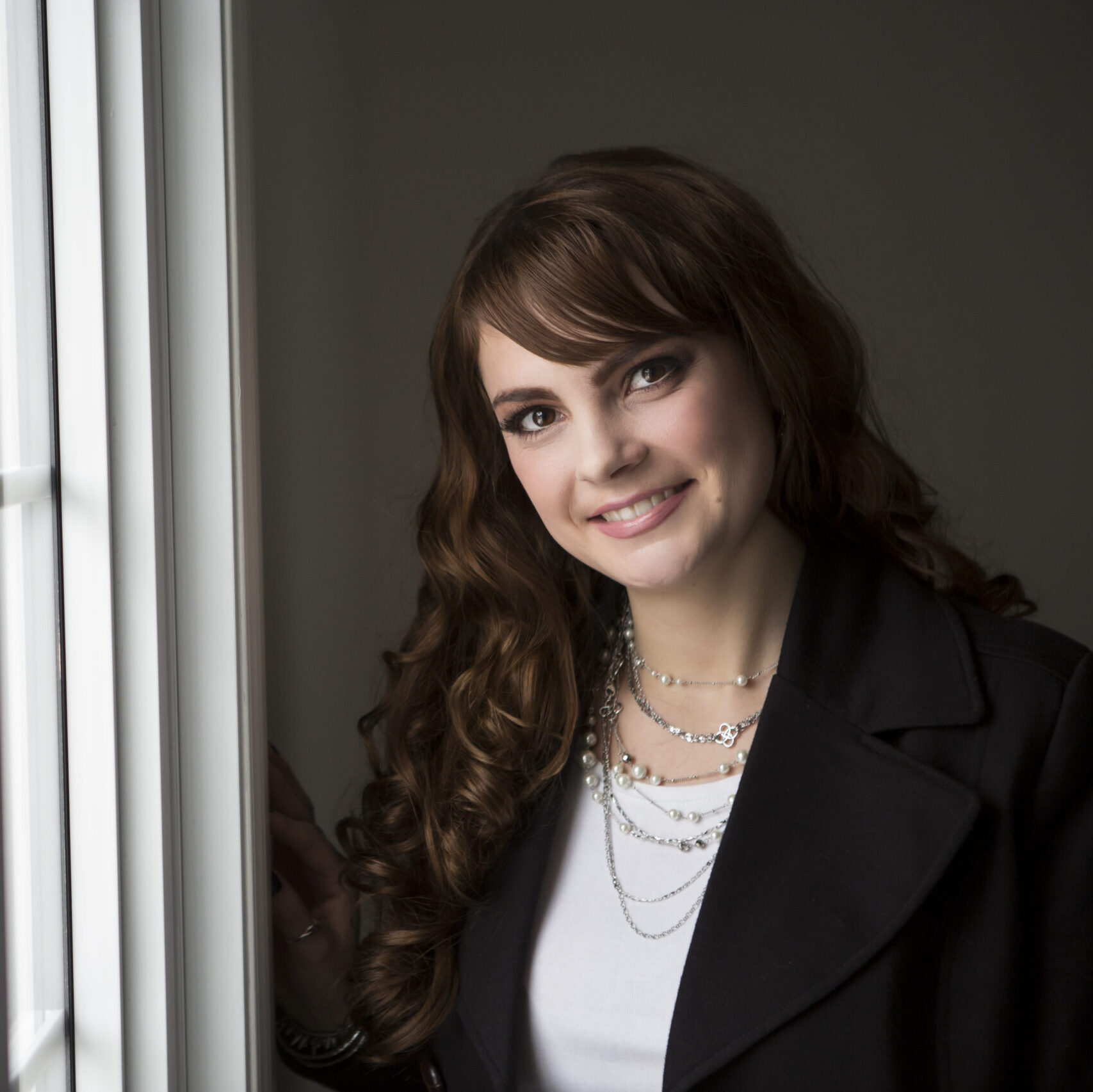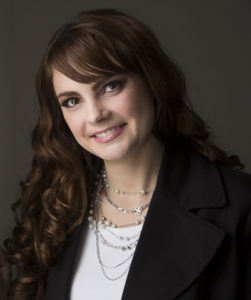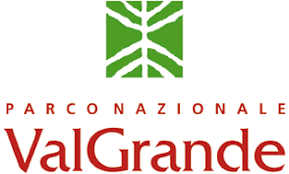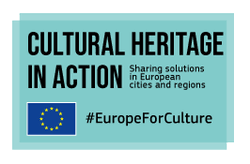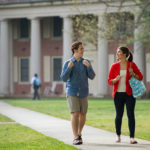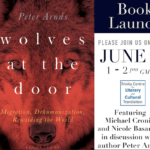Virtually Visiting Val Grande Parco Nationale – Comuniterrae Project
Commonlands:
A Rural Participatory Path of Territorial Enhancement in the Southern Aps of Italy
This week I participated in a virtual visit of the Commonlands in ValGrande, Italy. The three-day visit, focused on the Comuniterrae Project funded by Creative Europe, was hosted by Cultural Heritage in Action. Read a quick overview of the project in this two-page PDF flyer.
Day 1 – Context, Territory & the People
Being a media scholar and storyteller, I appreciated how the hosts tried to emulate a physical tour in the virtual welcome. The moderator mentioned “Welcome, we’re now getting off plane” and similar comments used as transition to the next talks/activities by saying something along the lines of “Now we would be getting onto the bus and going to sit on a terrace to have a coffee and introduce ourselves to each other. ”
They had welcome speeches from the event hosts, a Policy Officer from the European Commission on Education and culture and representatives from the Val Grande National Park.
Local stories on the traditions and heritage of the region were shared from the ValGrande Park communities in the form of video clips. The videos were in Italian (the language of the locals sharing their stories) and were filmed on location in their hamlet/village. The hosts had a separate digital channel that participants who do not speak Italian could hear the English-language translation. The translator did an astounding job of translating the videos not only considering the delays in WiFi connection in the video playback and the low sound quality, but also by adding “flare” and emotion behind the stories being communicated by the locals.
The stories really helped give a virtual tour of the communities and the histories about the ghosts in the mountains, tradition of bread making and basket weaving, and cross-community guided walks through the old donkey trails.
The hosts incorporated live collaboration using mentimeter which worked very well because they shared the link in the Microsoft Teams chat area and the comments participants wrote appear on the Teams shared screen with the beautiful Val Grande National Park photo in the background. Mentimeter is simple for participants because they do not need to login, pre-download or a pre-use training. When it is used for a specific purpose, it can add value to online collaboration between participants.
I also liked the post-event ‘assignment’ the hosts sent in the Teams Chat and also by email. The assignment involved gathering input so participants could select the topic or theme they would be organised into the following day. This worked well because it made me as a participant feel involved and it allowed the hosts to tailor the program each day with those who actually showed up to the event (as participant drop-off after online registrations can happen).
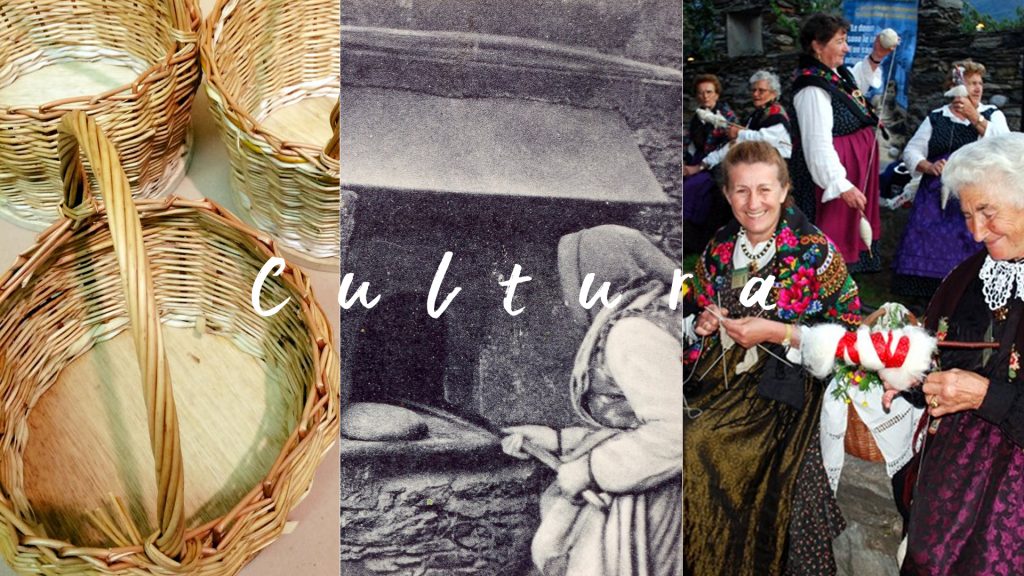
Day 2 – Deep Diving into Commonlands’ Good Practice
The day kicked off with a short presentation from the Comuniterrae team:
Andrea Cottini – Project Manager ARS.UNI.VCO Association
Guilia Damiani – Facilitator in Commonlands
Paola Menzardi – Collaborator in Commonlands
The presentation was so stimulating that it resulted in a huge stream of questions appearing in the chat and virtual hands raised!
My reflections on why this happened was: (1) the time in the programme allocated for the project team to present was far too short considering it was the primary reason many participants attended this virtual event; and (2) the project team are not academics and so they provided a societal impact-focused presentation rather than methods-focused content, which is what I think the participants were looking for based on how the event was promoted.
I think I am still left wanting more even after a stimulating Q&A session. Thankfully the hosts will share the materials including PowerPoint Presentations and videos with the participants after the event. This again re-iterates the level of interest the project team elicited from this particular group!
Some of my take-aways from the project were:
- New inhabitants to the region were more active participants in the project than existing locals
- Micro-stories were a key focus and videos of locals sharing their stories was highly effective communication medium (this is a key factor in my own academic research)
- There was a push to conserve and rejuvenate dilapidated buildings (e.g., old oil mills; farm houses; fountains)
- They co-designed events with the communities by hosting Town Hall meetings
- Interestingly many locals in the ValGrande had not visited the nearby communities so they developed “community tours” with the first ones held in 2018!
- The local communities became aware, through the project, that working together could result in the solving of some local challenges (e.g., food and water shortages) and growing tourism in the area by preserving existing buildings and opening restaurants
The transmedia-based outputs from the project also included:
- An interactive digital illustrated map of the Commonlands- available at http://www.comuniterrae.it/
- 300 QR code plaques places at points of interest across the Commonlands
- 10 illustrated maps of the 10 communities
- 1 community-develop maps (physical) exhibition
- 1 digital archive of photography and oral stories
- The “Ecomuseum” was a key point in the project that many video storytellers referenced. I still have a very vague understanding of what the Ecomuseum is, but it seems to be a local heritage re-enactment museum which also has “re-created sets of local activities/infrastructure” and “peculiarities” (i.e., artefacts) from the region
Day 3 – Idea Sauna & Transferability Tips
The final day focused on a collaborative workshop where participants reflected on their own projects and ideas to contribute to how the Commonlands could get more youth (aged 15-35 years) involved in the community projects as most of their participants were 50 years and older.
During the coffee break, there was a live performance by local musicians and a singer. It was lovely to hear the sounds from the region and again added to the feeling of being on a virtual site visit.
Finally, the event ended with the organisers asking for feedback on the virtual experience and suggested that all participants share their contact information to form a network for possible future collaborations. Due to the level of inspiration and engagement among participants, there was also an expression of interest by participants to meet in person once COVID-19 restrictions permit. I do hope that this excellent peer learning event will lead to many future collaborations on cultural heritage!
Overall, I thoroughly enjoyed the Peer Learning Event and think that Cultural Heritage In Action has developed a very useful and targeted method of inspiring cultural heritage specialists to exchange ideas and form new project ideas.
Comuniterrae won the European Heritage Awards / Europa Nostra Award in 2019.
